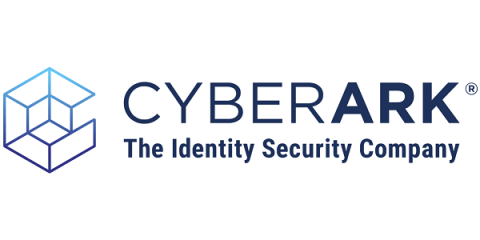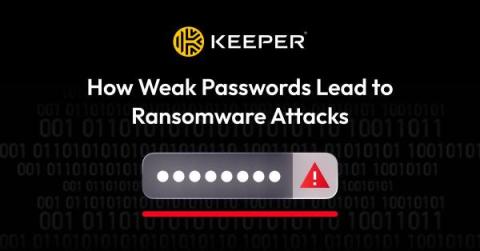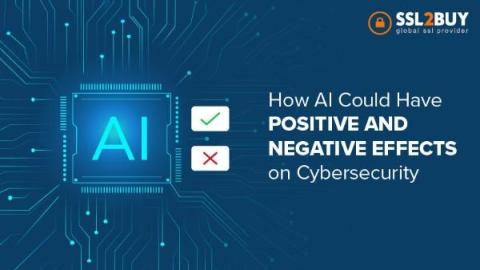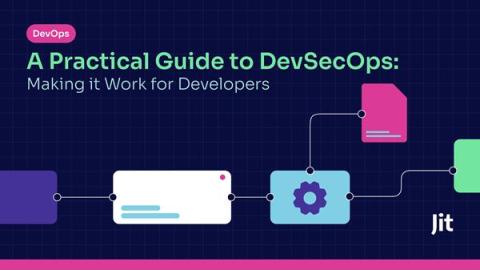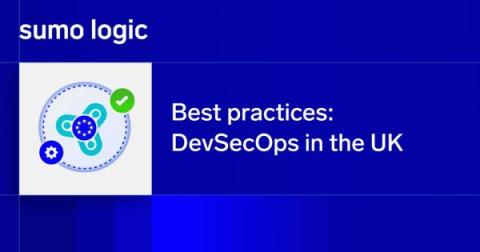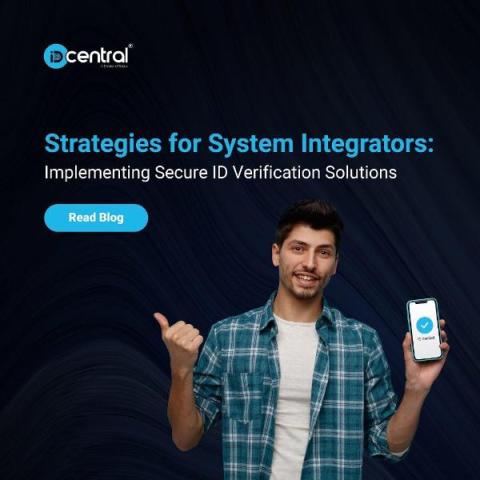Developing Enterprise DFIR Skills with Markus Schober
In a recent ‘Defender Fridays’ session, we spoke with Marcus Schober of Blue Cape Security, a leading expert in Digital Forensic and Incident Response (DFIR) to explore the advancing frontiers of enterprise security. The webinar underscored the indispensable role of continuous learning, practical training, and cross-disciplinary collaboration in mastering the complexities of today’s cybersecurity challenges.




